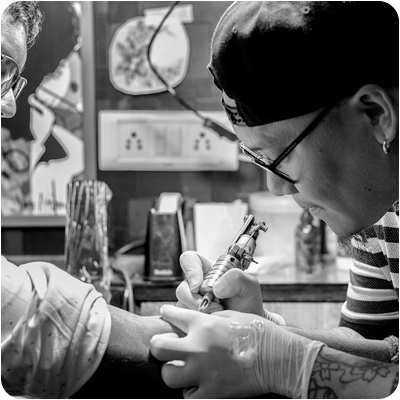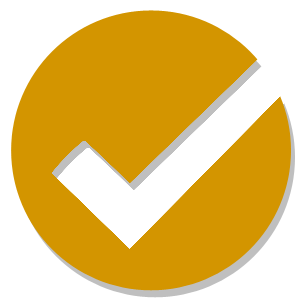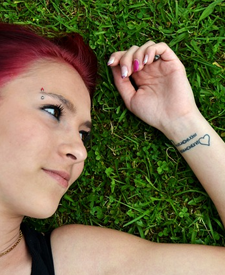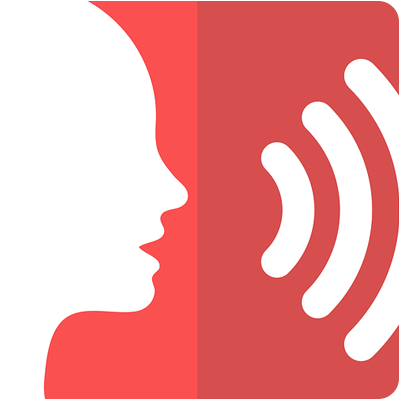Het arrangement 12.2 Tattoos - kgt34 is gemaakt met Wikiwijs van Kennisnet. Wikiwijs is hét onderwijsplatform waar je leermiddelen zoekt, maakt en deelt.
- Auteur
- Laatst gewijzigd
- 11-05-2025 10:51:17
- Licentie
-
Dit lesmateriaal is gepubliceerd onder de Creative Commons Naamsvermelding-GelijkDelen 4.0 Internationale licentie. Dit houdt in dat je onder de voorwaarde van naamsvermelding en publicatie onder dezelfde licentie vrij bent om:
- het werk te delen - te kopiëren, te verspreiden en door te geven via elk medium of bestandsformaat
- het werk te bewerken - te remixen, te veranderen en afgeleide werken te maken
- voor alle doeleinden, inclusief commerciële doeleinden.
Meer informatie over de CC Naamsvermelding-GelijkDelen 4.0 Internationale licentie.
Aanvullende informatie over dit lesmateriaal
Van dit lesmateriaal is de volgende aanvullende informatie beschikbaar:
- Toelichting
- Deze les valt onder de arrangeerbare leerlijn van de Stercollecties voor Engels voor vmbo kgt, leerjaar 3 en 4. Dit is thema 12 'Fashion'. Het onderwerp van deze les is: Tattoos. In deze les staan tatoeages centraal, waarbij gesproken wordt over de geschiedenis, functies, prijzen, criminaliteit en het eventueel verwijderen van tatoeages. De onregelmatige werkwoorden in deze les zijn: to rise, to run en to say. In de grammaticaopdracht worden de bijvoeglijke naamwoorden en bijwoorden behandeld.
- Leerniveau
- VMBO gemengde leerweg, 3; VMBO theoretische leerweg, 4; VMBO theoretische leerweg, 3; VMBO kaderberoepsgerichte leerweg, 4; VMBO gemengde leerweg, 4; VMBO kaderberoepsgerichte leerweg, 3;
- Leerinhoud en doelen
- Engels;
- Eindgebruiker
- leerling/student
- Moeilijkheidsgraad
- gemiddeld
- Studiebelasting
- 1 uur 40 minuten
- Trefwoorden
- arrangeerbaar, bijvoeglijke naamwoorden en bijwoorden, engels, kgt34, stercollectie, tatoeages, tattoos
Gebruikte Wikiwijs Arrangementen
VO-content Engels. (2020).
12.1 Fashionable - kgt34
VO-content Engels. (2020).
12.4 A dedicated follower of fashion - kgt34
https://maken.wikiwijs.nl/161302/12_4_A_dedicated_follower_of_fashion___kgt34





 Tattoos
Tattoos





